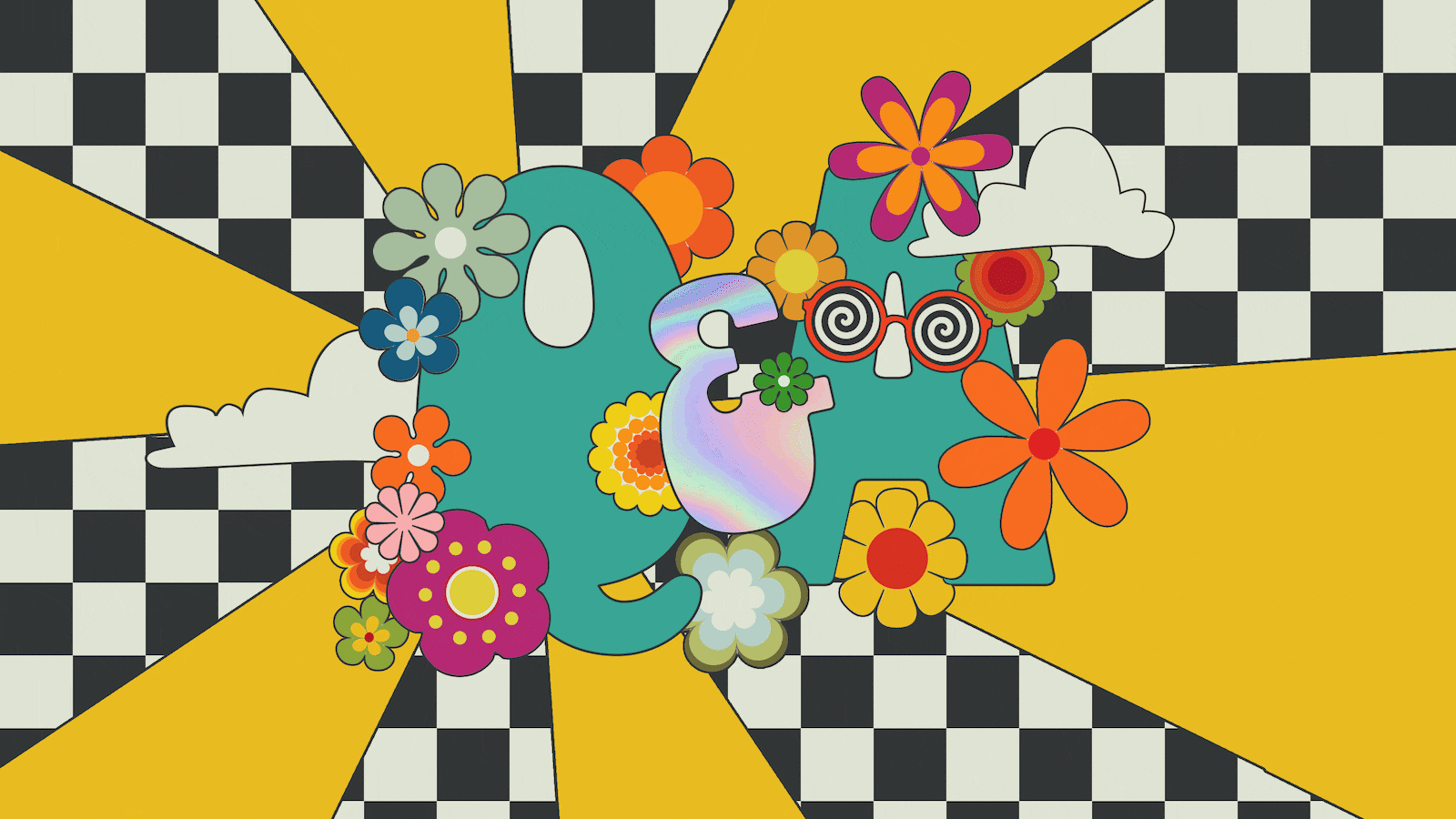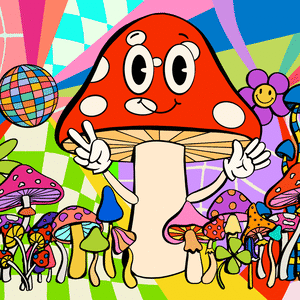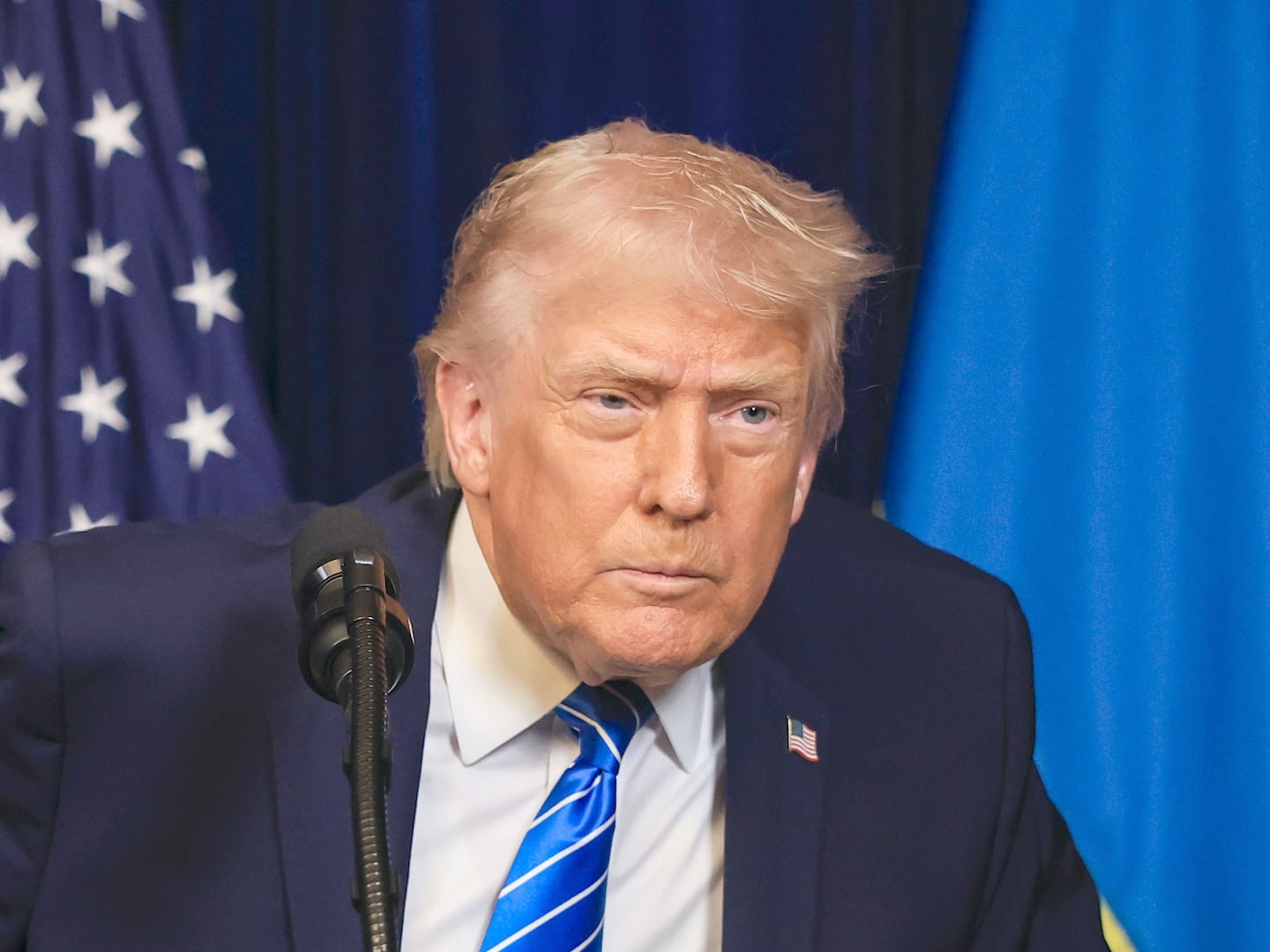Editor’s note: Rob Long is not a medical professional or licensed provider of psychedelics. He may, in fact, be high while writing this column. Nothing herein constitutes pharmaceutical advice or guidance, and should not be used to inform diagnoses or treatment.
In my first column here at the Daily Beast, I asked readers to send me their questions. Anything they wanted to know about recreational or therapeutic psychedelics, I was ready to discuss.
With one big exception.
I got a lot of questions that were essentially looking for a trustworthy source for psychedelic drugs. And I can’t answer that. I mean, I could—I wish I could, even, because these substances can be uplifting, healing and a whole lot of fun. And I know a lot of places you can get the good, safe stuff! But I won’t, because as much as I want everyone to have the opportunity to investigate their own consciousness, the Controlled Substances Act of 1970 makes it impossible. I don’t want it enough to risk jail time.
It’s true that in some states—Colorado and Washington, especially—many psychedelic drugs are being rapidly legalized. But under the CSA, substances such as LSD, psilocybin, mescaline and MDMA are classified as Schedule I drugs. Despite growing interest in medical and therapeutic uses, that makes them illegal to manufacture, possess or distribute, except for approved research purposes. Which is dumb, of course, but we live in a dumb world.
Here’s the best I can do: Pretty much every major city has some kind of “psychedelic association.” (The one closest to me is the Psychedelic Assembly in New York City, for example, which is filled with great people who know a lot about psychedelics and their safe use.) Find something like that in your area, make some connections, and ask a lot of questions.
And always always test your stuff yourself. It’s really not such a big hassle, and it even makes the psychedelic journey freer and more enjoyable. When you feel totally safe, your mind (and heart) can really open up.
I can also tell you this story, which I am neither confirming nor denying actually happened: There are places in the Netherlands that are legally allowed to sell a variety of psychedelic chemicals; while they can’t send these to you in the United States, they can and will in an unmarked DHL pouch to a hotel in many European countries, which means that when you check in there’s a fun little package waiting for you. Again: not saying that this has happened to me, or even happened three times at a hotel in Milan I will not be naming.
So much for the questions I can’t answer.
There were, though, at least some I am happy to answer that won’t result in a no-knock raid on my house at 4 a.m. Here are some of them:
I am a writer and have been staring at a blank page for a piece that’s due. I would appreciate any links to people in my area who can guide microdosing sessions.
Hey! I’m a writer, too, and have the same trouble with my work. In fact, one of the chief reasons I had for starting this column was to avoid doing all of the other writing I’m supposed to be doing. I get you. But let’s define some terms, if you don’t mind, because I keep hearing people use the word microdose in a lot of confusing ways. To be clear, a microdose is a near-imperceptible dose of some psychedelic drug that you take once or twice a week for three weeks in a row, and then stop for a bit and pay attention to yourself. (Paying attention to yourself is, in fact, a big part of what psychedelics ask us to do, either in micro or macro or holey-moley-the-room-is-a-dripping-candle doses.) The effect of the microdose lasts several days, and for a lot of people it creates an openness and an energy necessary to kickstart a project.
I hate to assign homework, but if you’re really interested in microdosing you should get a copy of James Fadiman’s book The Psychedelic Explorer’s Guide which explains a lot in clear, human language. I’m a big fan of microdosing and it’s been hugely helpful to me. I’d recommend following Fadiman’s advice.
I completed 11 consecutive weeks of home sessions with an online ketamine program, but tapped out after the last one… The sessions provided significant relief but the immediate after-effect left me in a puddle to the point of not wanting to continue the therapy. I used the oral administration. I am wondering if you have experienced intravenous ketamine and, if so, how you felt afterward?
First, let me make this clear: I am not a doctor, scientist, lawyer or a researcher. In fact, I have very few marketable skills. I can write television scripts with jokes in them and that’s about it. So I am not qualified to say this, but I’m going to say it anyway: Ketamine is overrated. It’s being represented to people suffering with drug-resistant depression as a solution, and based on my experience, I think that’s a big overstatement. I did a 12-session series of ketamine infusions (that’s what they call the intravenous method) a few years ago—honestly, just for the experience, as I don’t have depression—and the effects were fun and interesting but I can’t say I was transformed. I’m sorry to hear you felt left in a “puddle,” which doesn’t sound like fun.
If you’re looking to psychedelics for mental health help, remember this ironclad rule: the real work, and the lasting healing, happens after the medicine is out of your system. Which is why it’s most effective to have a trained and supporting therapist to help you sort out what you experienced and integrate those things into your non-psychedelic life.
Big thanks for your articles. I've taken all kinds of psychedelics recreationally over my 50 years… I’d like to try ayahuasca at the place in Costa Rica you went to—can you share info?
Okay, this I can answer! I spent a very intense and transformative week at a place called Soltara in Costa Rica. I went a few years ago when they had just begun their program, and in the intervening time they’ve expanded and now have several places across the country. They take a very traditional and thoughtful approach to the medicine—the curanderos are members of the Peruvian Shipibo community, and they conduct the ceremonies with grace and authenticity. All in all, Soltara is a terrific place, with the perfect balance of natural landscapes and nice rooms with AC. (Look, there’s a lot that’s going to be happening to you during an ayahuasca retreat. Don’t make it rougher than it has to be.)
There are other places, too, but the key thing to bear in mind is that this is a really intense experience. Ayahuasca isn’t really a “fun-weekend-upstate” deal. To get the most out of it, and to honor the traditions associated with the medicine and its practitioners, look for a week-long program that offers multiple ceremonies and that builds a lot of integration time into the week. The real work happens after the ceremonies are over.
In fact, I’ll talk more about ayahuasca in my next column, including my favorite part: the vomiting. In the meantime, feel free to email me—rob.long@thedailybeast.com—here at the Psychedelic Bureau at the Beast’s HQ where, to be honest, they all could use a little psychedelic experience.
Rob Long is a television writer and producer and author of three books. His weekly podcast, Martini Shot, is available everywhere.
Anyone seeking medical advice should contact their doctor or a health professional; anyone seeking support for depression or suicidal thoughts should reach out to the National Suicide Prevention Lifeline by dialing or texting 988.








